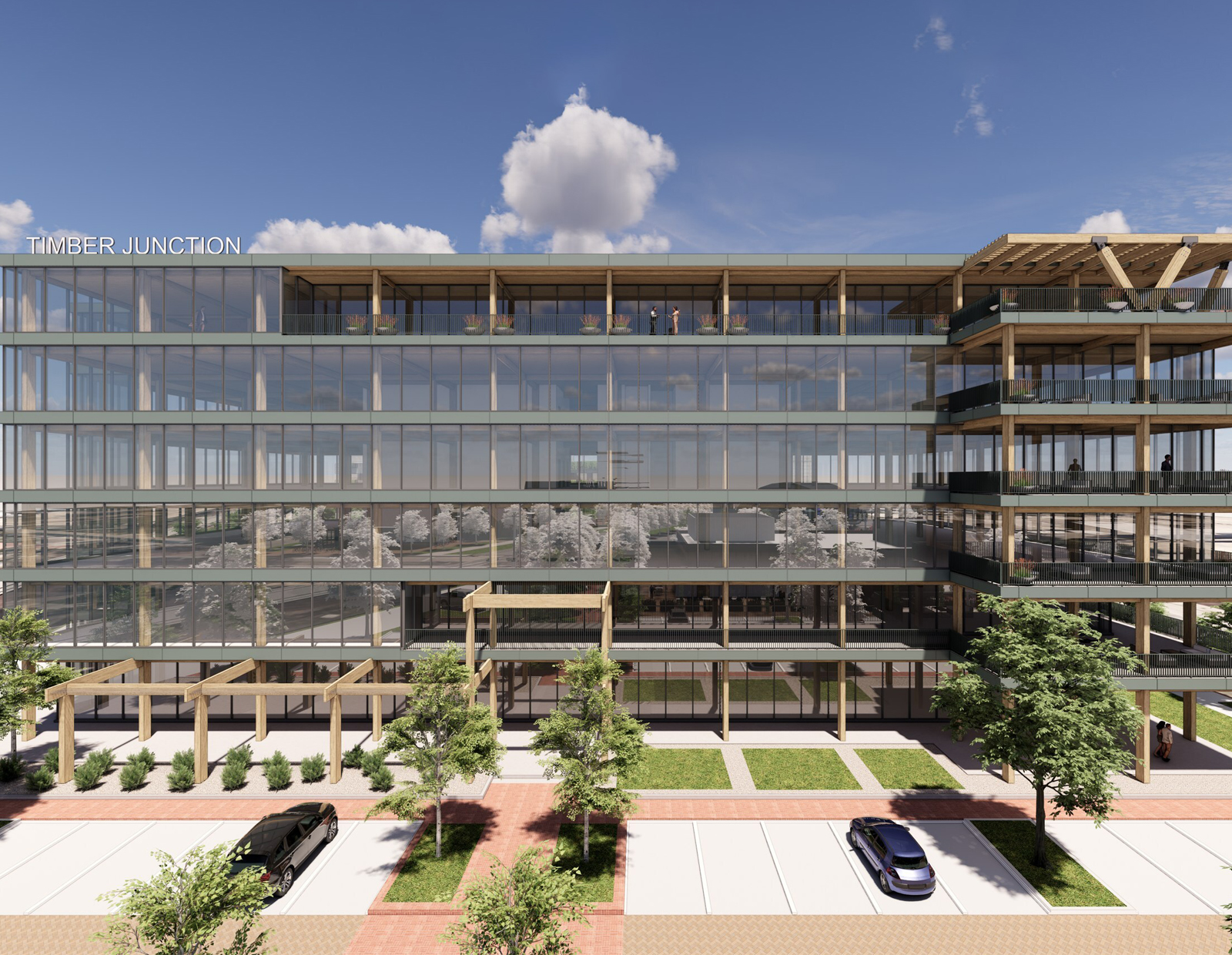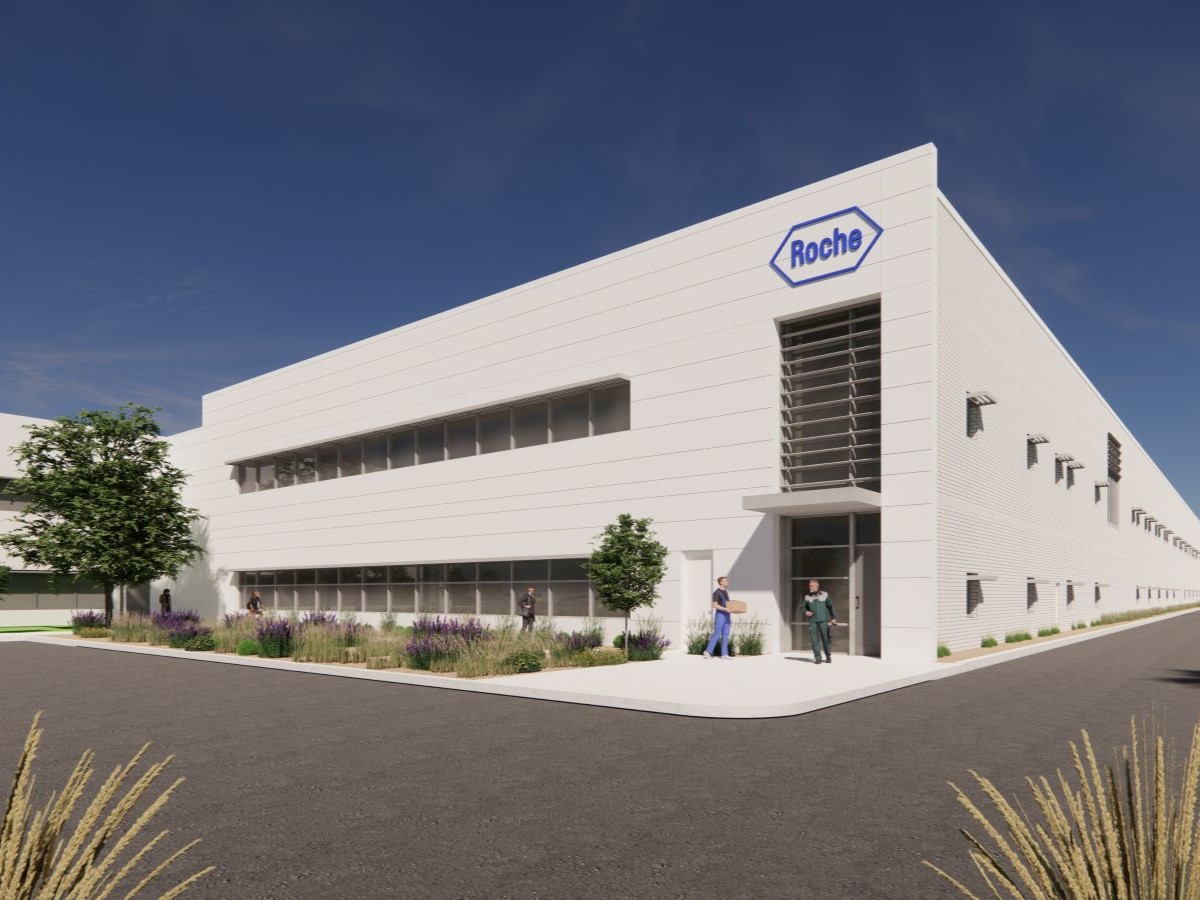Embracing Industrialized Construction
The strategy may hold the key to meeting workforce needs and ensure the construction industry’s long-term productivity, writes Anil Sawhney of RICS.
The construction industry faces a well-known skills gap. To keep up with population growth and urbanization, even after COVID-19, the industry needs to build 13,000 structures each day between now and 2050 to support an expected population of 7.7 billion people living in cities.
According to the McKinsey Global Institute, by 2030, there will be up to 200 million construction jobs worldwide, while the US Bureau of Labor and Statistics projects construction sector job growth at 12 percent. Combined with the estimate that 41 percent of the construction industry workforce will retire by 2031, and that fewer young people are entering the field, you have a worrying skills shortage that will drive up costs and reduce efficiency and profitability across the board.
Industrialized construction may hold the key to delivering on these workforce needs and ensure the continued productivity and efficiency of the industry well into the future.
The Bottom Line
Our industry is at an inflection point. Rapid urbanization and climate change require that the industry make fundamental changes, but this is not an easy thing. As the COVID-19 lockdown recently showed, construction is one of our most essential services and necessary to the progress, growth and health of our cities and our communities. Yet, the industry is too often prone to business as usual and risk aversion when it comes to change. Productivity has grown at an average rate of only one percent annually over the past 20 years, compared with 2.8 percent average annual growth in the overall economy and 3.6 percent average yearly growth in the manufacturing sector.
Given that the construction sector is 13 percent of global economic output, if construction productivity matched that of the overall economy, the improvement would be $1.6 trillion each year, and if construction productivity paralleled that of the manufacturing sector, there could be an estimated $2.2 trillion in savings every year, according to a McKinsey study.
What Is Industrialized Construction?
With this much value at stake, construction industry leaders are actively exploring industrialized construction to deliver the productivity that cities and infrastructure need now, through integrated design-to-make techniques and processes.
Some industrialized construction processes are already ubiquitous in the industry, such as building information modeling and common data environments that help digitize and streamline work. Others are gaining momentum, such as prefabrication and offsite construction, additive manufacturing, robotics and automation, big data, artificial intelligence, predictive analysis and the internet of things.
These processes have a range of benefits that will help cities, developers and public bodies meet the demand for construction. Most importantly, these processes create safer sites by reducing the need for on-site activity and digitizing the planning process. In turn, this improves the efficiency of projects and shortens the project timeline, which reduces construction costs. The improved planning and modeling also reduce the need to rework and the revisions to project, furthering helping to control costs. Ultimately, all of this increases the profitability of projects.
The Future of the Workforce
Another crucial benefit of industrialized construction is that it will ultimately improve workforce recruitment and retention. Industrialized construction does not mean the elimination of jobs in the name of efficiency and profit; what it does mean is that there will be an expanded range of skills and roles needed in the construction industry, and this will actually help to improve the current skills shortage and age gap in the sector.
One blocker feeding these workforce issues is the perceived aversion of the construction industry when it comes to technology. Younger professionals are increasingly passionate about technologically empowered solutions, and industrialized construction will help to attract and retain a new generation of innovators and leaders through the creation of exciting new roles, such as design automation, robotics, data analytics, construction manufacturing and assembly, and innovation and integration management. In fact, IC will open up new streams for firms in integrated design, manufacturing, supply chain, data and intelligence, and production management.
Similarly, industrialized construction will ultimately bring new knowledge bases to existing roles through AI, BI, VR, AR, modeling, simulation, robotics, drones and IoT, among many others. It will be crucial for firms not only to embrace these technologies but to rethink how they present themselves to the broader workforce. Companies in other sectors have embraced the technological nature of 21st-century work and have rebranded as tech companies—GE being a prominent example. Construction and infrastructure firms may have a similar path forward to attract bright young minds to solve the natural and built environment challenges of the next half-century.
As disruptive as industrialized construction may seem, the aim is ultimately to ensure the viability of the sector and expand the workforce to meet the needs of a growing population. Given the amount of potential work on the table, an investment now in modernization will reap major rewards in the near future.
Anil Sawhney, FRICS, is the director of the infrastructure sector for the Royal Institution of Chartered Surveyors. He’s also a Visiting Professor at Liverpool John Moores University and has a range of academic, research, industry and consulting experience in the U.S., India, Canada, U.K. and Australia.








You must be logged in to post a comment.